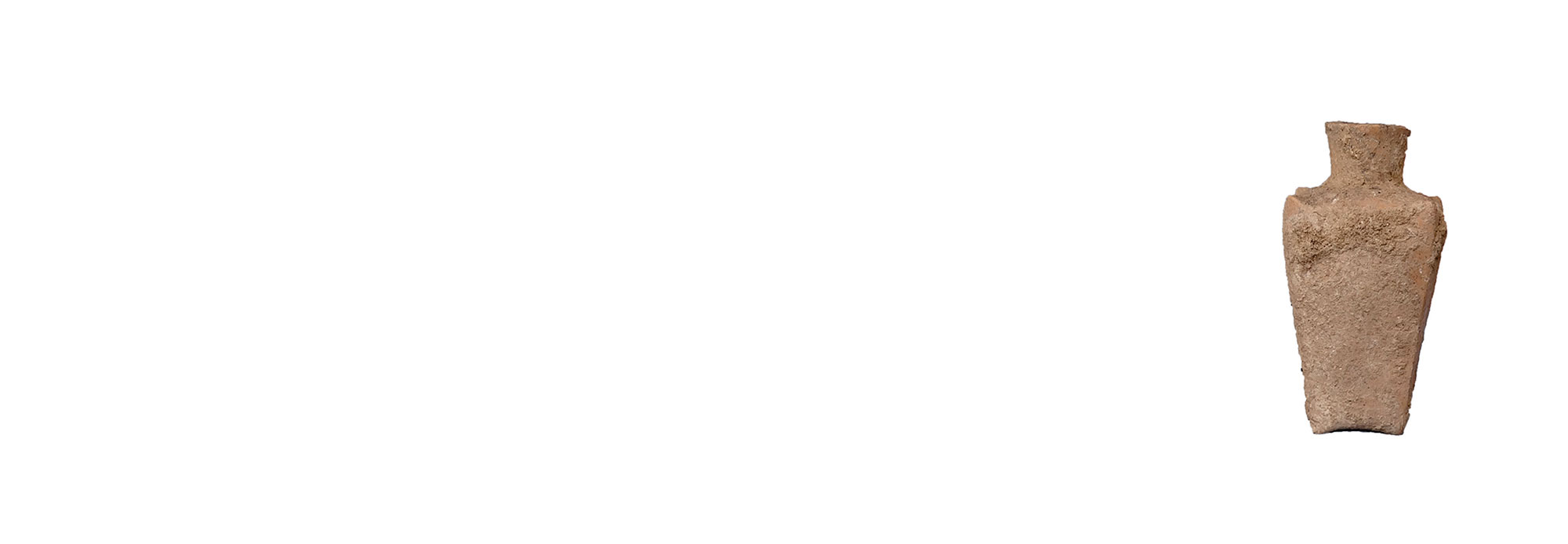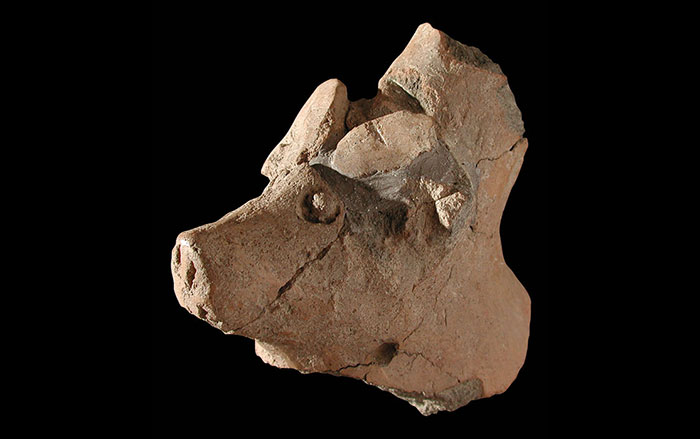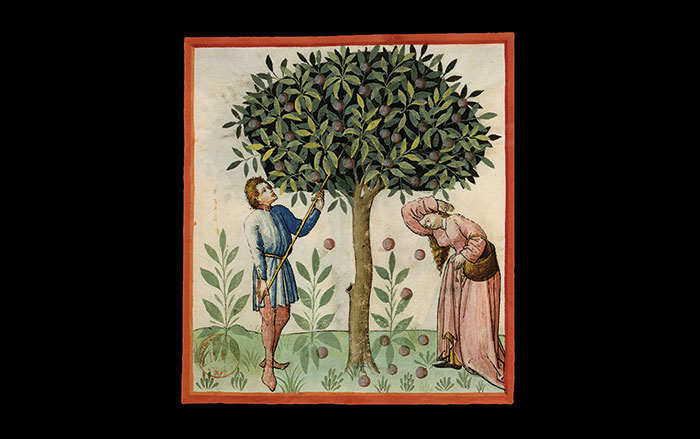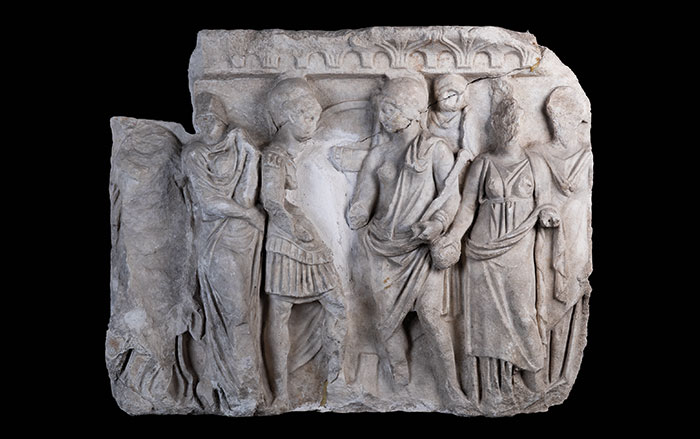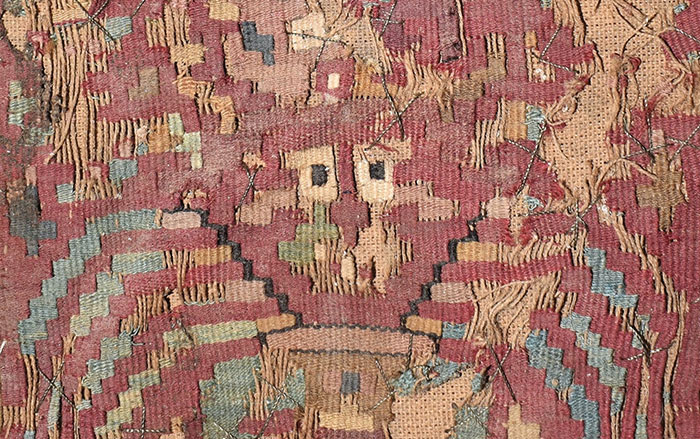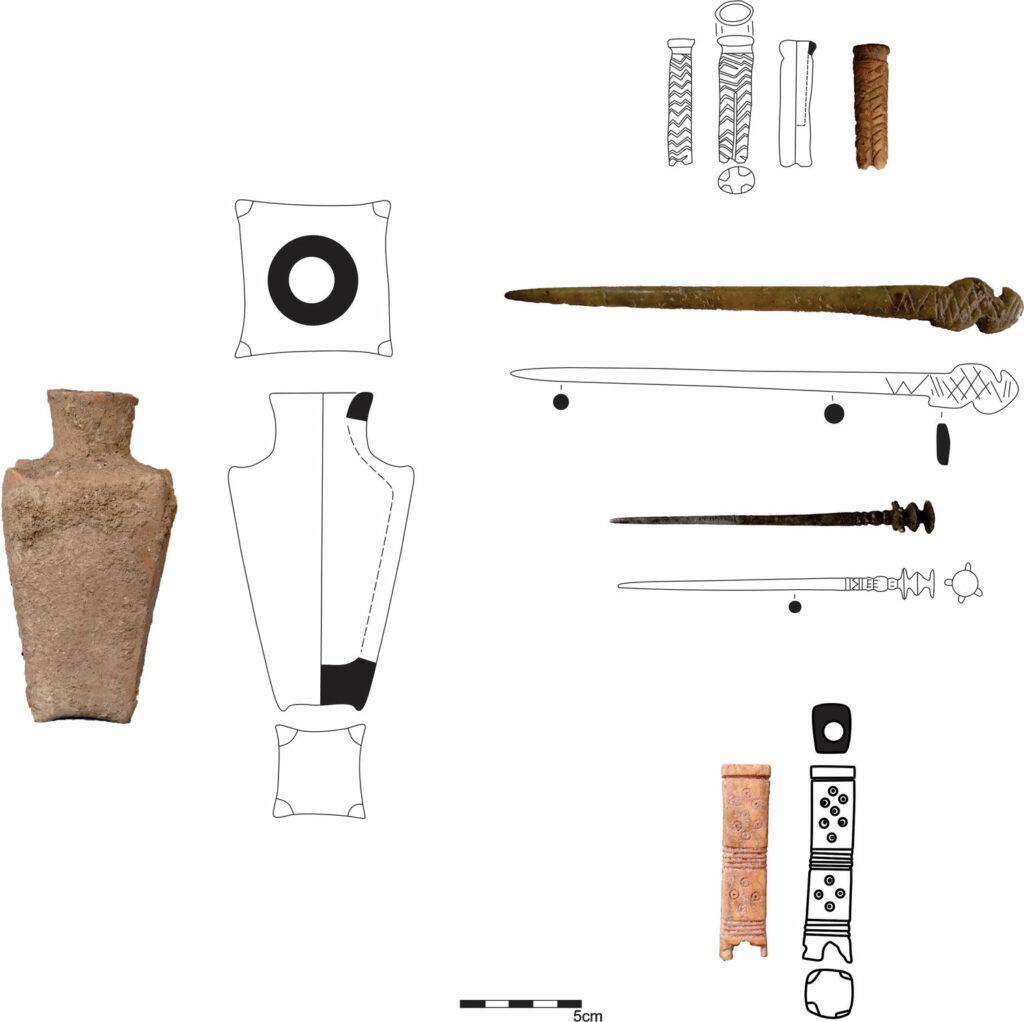
KANI KOTER, IRAN—Chemical analysis of the contents of a small ceramic vessel found in a 2,700-year-old burial at the site of Kani Koter revealed it contained a type of eye makeup known as kohl, according to the Greek Reporter. Kohl was widely used across ancient Egypt and the Middle East, but this example from the Iron Age cemetery in northwestern Iran is unlike any other that has previously been found. The black eyeliner was made from a combination of local manganese oxides and graphite, an ingredient that had never been identified before in ancient kohl formulas. The researchers noted that graphite would have had both aesthetic and functional value, as it reflects light and produces a silvery-black metallic glimmer but also clings easily to the skin. Ancient cosmetics usually contain some kind of organic material, such as animal fat or plant oil, but no evidence of these components was detected. Archaeologists believe that the grave in which the makeup jar was found belonged to a high-status individual, perhaps a warrior, as other burial objects included weapons, jewelry, horse gear, and other precious metal artifacts. Read the original scholarly article about this research in Archaeometry. To read about a 4,000-year-old stone lipstick vial uncovered in southeastern Iran, go to "Near Eastern Lip Kit."


